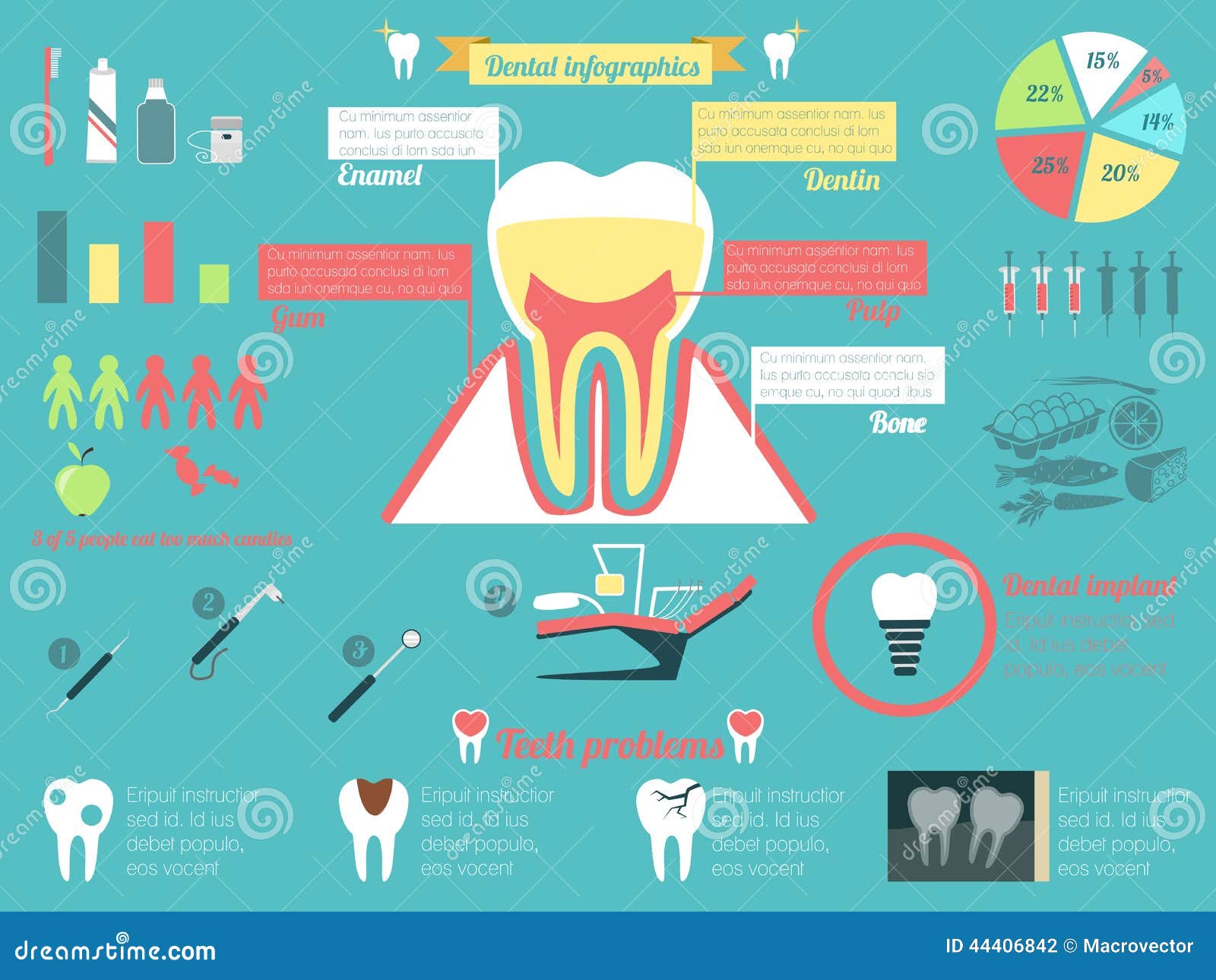Reveal The Significant Technologies That Are Changing The World Of Dental Surgery. Think About The Future Of This Specialty And Remain Notified. Click Currently For An Early Check Out What Is On The Horizon
Reveal The Significant Technologies That Are Changing The World Of Dental Surgery. Think About The Future Of This Specialty And Remain Notified. Click Currently For An Early Check Out What Is On The Horizon
Blog Article
Content Author-Kokholm Maloney
Invite to the world of oral surgery, where innovations and breakthroughs are forming the future of the field! In this exciting realm, you'll witness the transformative power of robotics, the innovative wonder of 3D printing, and the game-changing influence of minimally invasive strategies.
The future of oral surgery holds an assurance of precision, effectiveness, and improved patient end results. With the help of sophisticated robotics, doctors have the ability to perform complicated treatments with higher accuracy and control.
3D printing innovation is changing the production of dental implants and prosthetics, providing tailored services that fit effortlessly into each patient's one-of-a-kind makeup.
Additionally, minimally intrusive strategies are minimizing post-operative pain and recuperation time, enabling clients to go back to their day-to-days live faster.
Get ready to check out the amazing technologies and breakthroughs that are improving the landscape of dental surgery!
Innovations in Robotics
One major innovation in dental surgery is making use of robotic innovation, which permits precise and effective operations. With the help of robot systems, oral specialists have the capacity to carry out complex surgeries with boosted precision, decreasing the threat of human error.
These robotic systems are outfitted with advanced imaging innovation and precise tools that enable doctors to browse with intricate anatomical structures easily. By using robotic innovation, cosmetic surgeons can attain better surgical accuracy, causing improved patient results and faster recuperation times.
Additionally, making use of robotics in dental surgery allows for minimally intrusive procedures, reducing the injury to bordering cells and promoting faster recovery.
3D Printing in Oral Surgery
To boost the area of dental surgery, you can discover the subtopic of 3D printing in dental surgery. This cutting-edge innovation has the possible to reinvent the method dental surgeons operate and deal with patients. Here are Get More Information which 3D printing is shaping the field:
- ** Personalized Surgical Guides **: 3D printing enables the creation of extremely precise and patient-specific medical overviews, boosting the accuracy and performance of treatments.
- ** Implant Prosthetics **: With 3D printing, oral surgeons can produce personalized implant prosthetics that completely fit a person's unique composition, causing better end results and client satisfaction.
- ** Bone Grafting **: 3D printing makes it possible for the production of patient-specific bone grafts, minimizing the need for standard grafting techniques and boosting recovery and recuperation time.
- ** Education and Educating **: 3D printing can be made use of to produce sensible medical models for instructional objectives, enabling oral specialists to exercise complex procedures before performing them on people.
With its potential to improve accuracy, customization, and training, 3D printing is an exciting growth in the field of oral surgery.
Minimally Invasive Methods
To further advance the area of dental surgery, accept the capacity of minimally invasive strategies that can substantially benefit both surgeons and people alike.
Minimally intrusive techniques are changing the field by lowering surgical trauma, minimizing post-operative pain, and speeding up the recovery process. https://charlotte-oral-surgeons84061.blogvivi.com/33614051/preventative-dental-care-is-important-for-your-kid-s-dental-health-discover-the-important-steps-you-can-take-to-guarantee-their-brilliant-healthy-smile-endures entail using smaller sized incisions and specialized tools to carry out procedures with precision and effectiveness.
By making use of advanced imaging modern technology, such as cone beam of light computed tomography (CBCT), specialists can properly plan and execute surgical procedures with marginal invasiveness.
In addition, the use of lasers in dental surgery enables precise cells cutting and coagulation, resulting in reduced blood loss and minimized healing time.
With minimally invasive strategies, individuals can experience quicker recovery, reduced scarring, and boosted outcomes, making it a vital facet of the future of oral surgery.
Conclusion
So, as you can see, the future of oral surgery is exceptionally promising, with interesting developments and advances forming the area.
From the developments in robotics to using 3D printing and minimally invasive methods, dental specialists are transforming the method they supply care.
While some might stress over the prospective expense connected with these innovations, it is very important to remember that these technologies eventually boost patient outcomes and reduce recovery time, making them well worth the investment over time.
